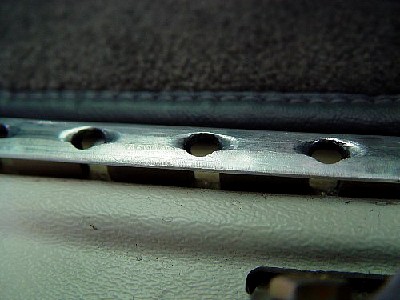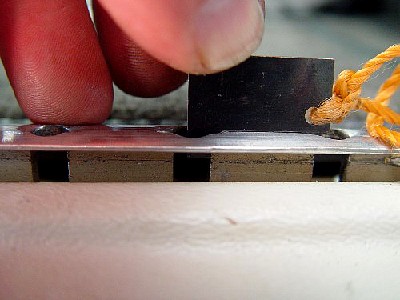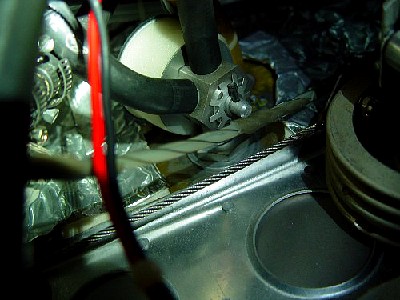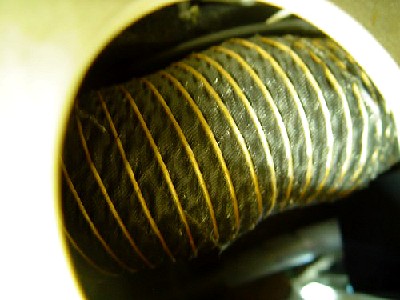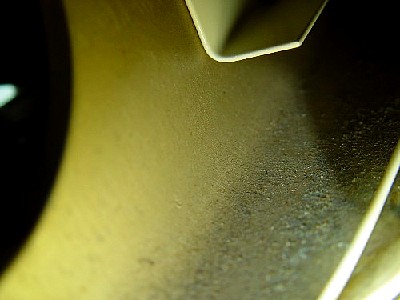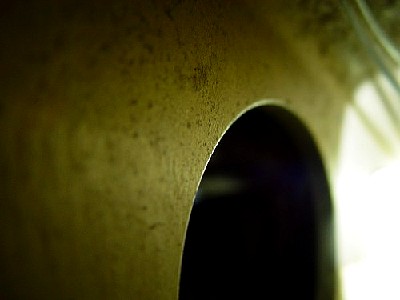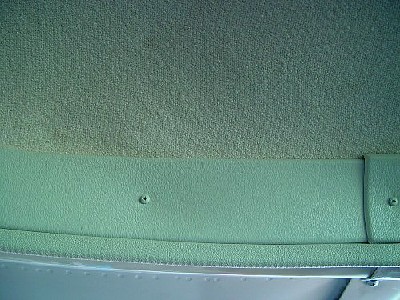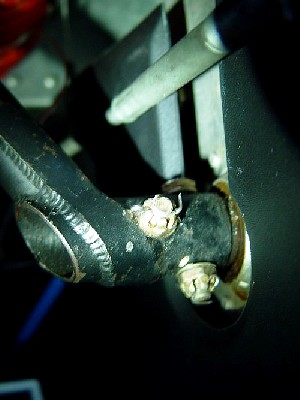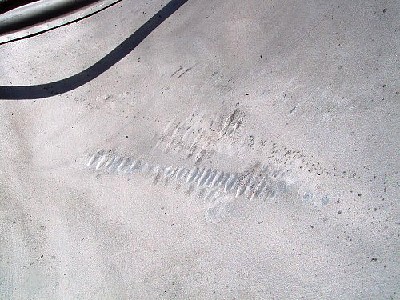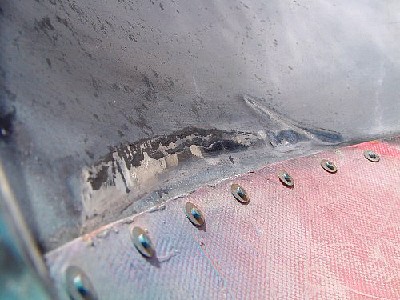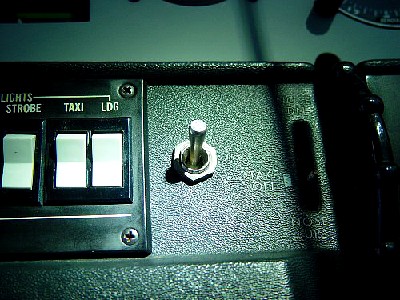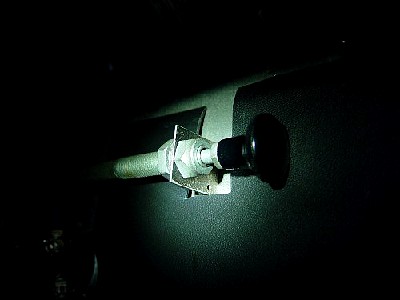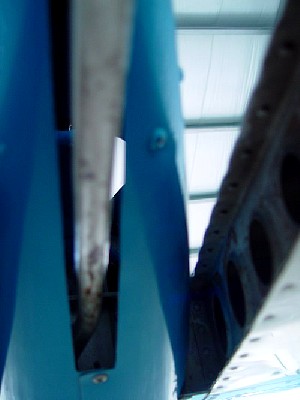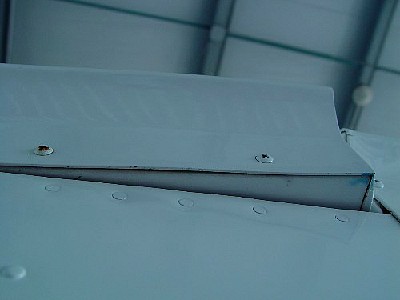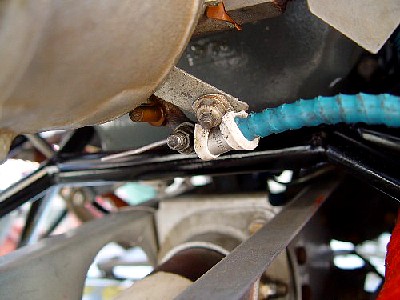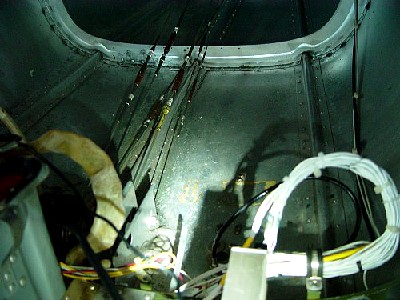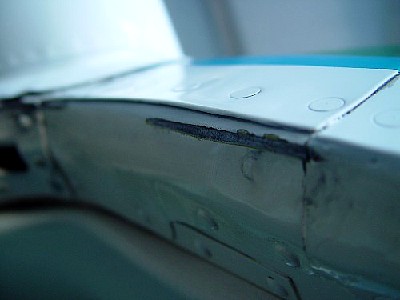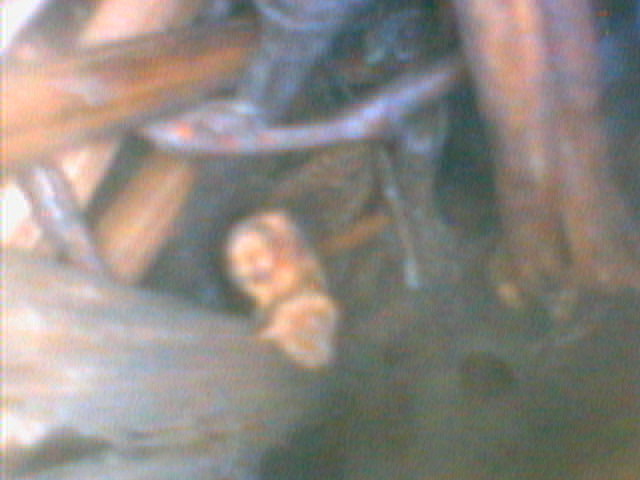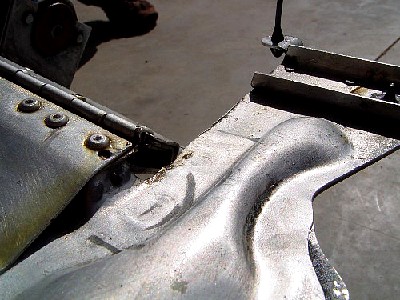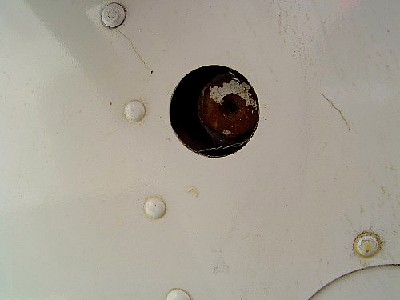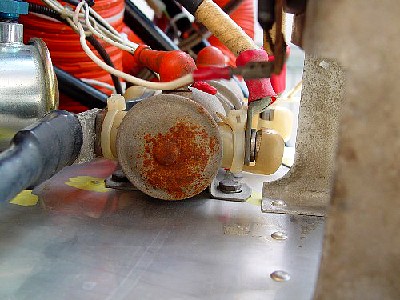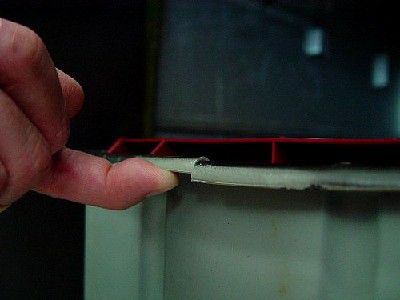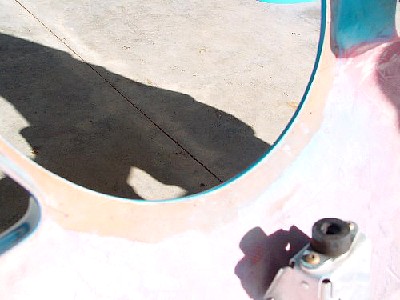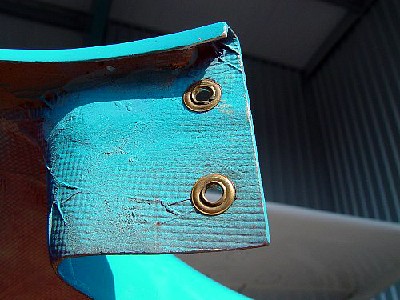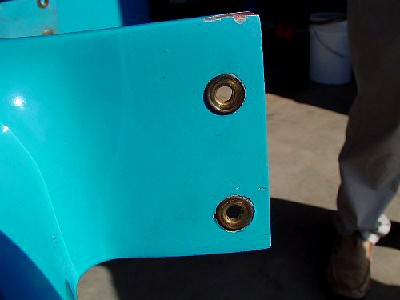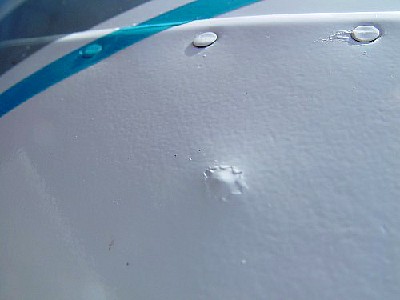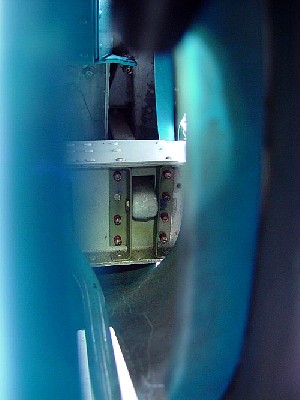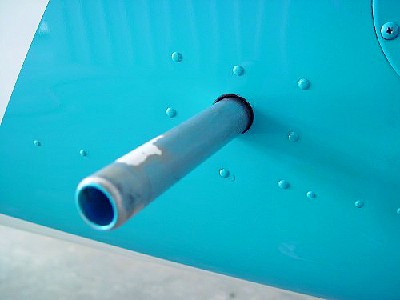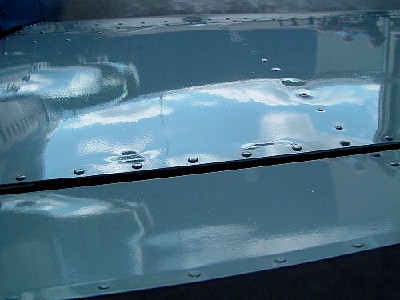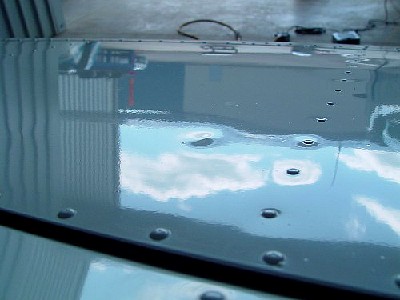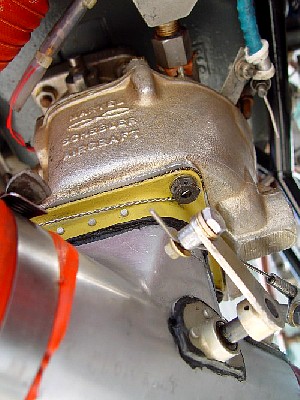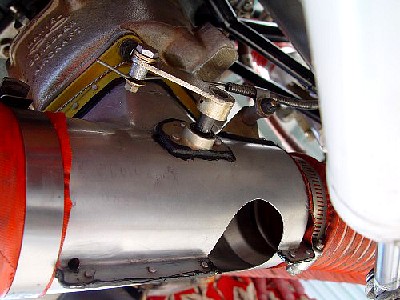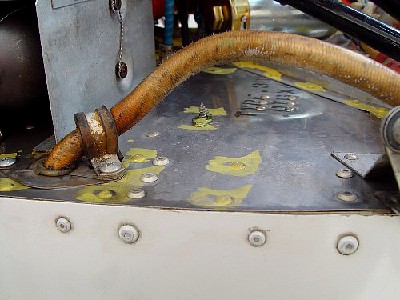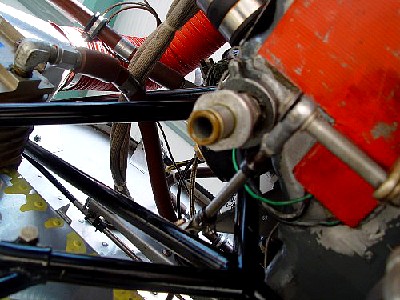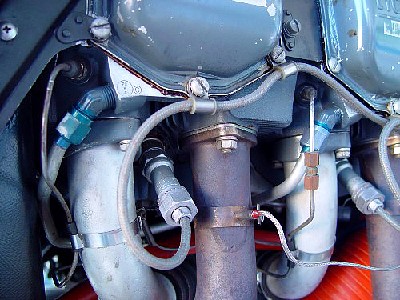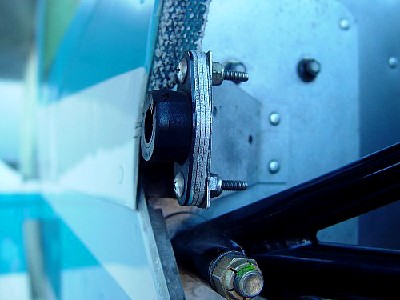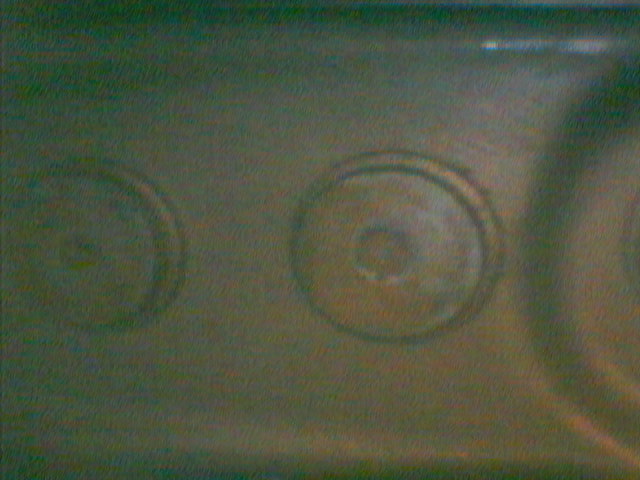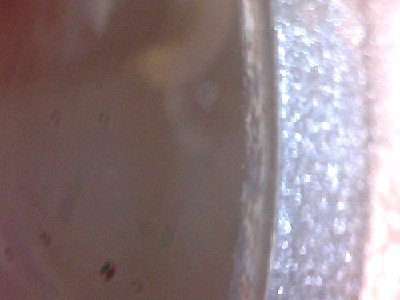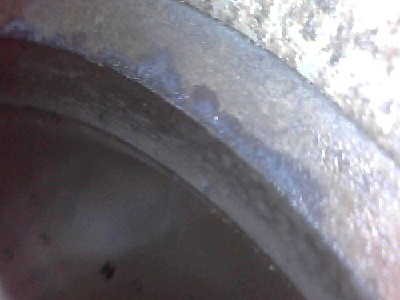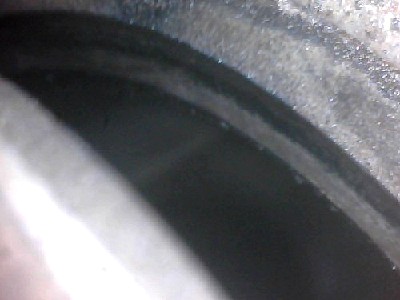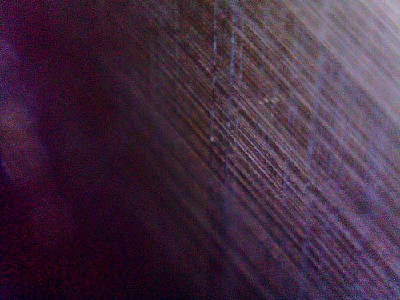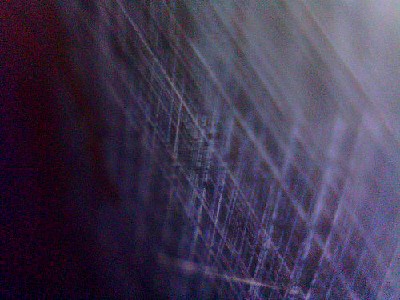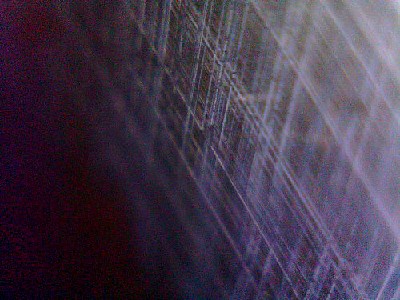 This is a very nice looking '77 FG with a nicely equipped metal panel, a very nice interior, nice paint and clear windows. The radios are King Silver Crown era, capable although not the latest generation.
This is a very nice looking '77 FG with a nicely equipped metal panel, a very nice interior, nice paint and clear windows. The radios are King Silver Crown era, capable although not the latest generation.With an engine overhaul in 1996 and a top overhaul just 15 hours ago, the engine appears strong and ready for a long run from here. The airplane has been flown minimally in recent years but kept in a dry and well enclosed hangar.
The current owner provided an unusual level of documentation including the type, age and status of key accessories on the aircraft and generally displayed a strong passion for caring for the aircraft. All indications are that is has received excellent maintenance.
Soundproofing has been installed under the carpet, in the overhead and in the first bay of the tailcone. This is of the 'dense foam' style, a pretty good all-around system. The lead plate has been removed from the top of the tailcone and most likely from the ceiling of the main cabin, reducing the risk of skin corrosion. No corrosion was noted in these areas.
No corrosion was found in the most common locations of the fuselage, nor was filiform corrosion seen in the most common areas of the outside of the aircraft. Slight pitting was noticed in wing inspection panels, typical for an aircraft of this age, suggesting that continued ACF50 or Corrosion X treatments will be valuable to stop further issues.
There have historically been some issues with engine break-in, but with a new top the engine is at a fresh starting point. Past operation was said to be at 23/23 burning 10.6 GPH. I'd suggest a higher power setting and a mixture much closer to peak to keep temps and pressures inside the cylinder up for break-in. Check the CFO site for discussions of proper break-in procedures.
The following specific items should be considered as part of the purchase decision:
Airworthiness issues:
- Flap follower cable is old type, cracking and in need of replacement
- Far left seat rail out of spec per AD. Other 3 rails are OK
Resolve before purchase (Value impacting)
- There is a nest in the stabilator, plan on several hours work to remove but doesn't need to be completed until annual
- The spar carrythough is showing some pitting, should be inspected, cleaned, protected with Alodyne then zinc chromate.
- Overhead tubing is CAT rather than SCAT, issue with waterproofing. May be the cause of slight water stains on headliner.
Resolve before flight home
- Screw missing on left side of lower console plastic overlay, can catch a shoe or the rudder during operation. Add a screw to pull the overlay in.
Resolve soon
- Clean and paint the trim tab, rusty on bottom and under stab spar
- Add silicon wear bumper / pad to induction tube where it can impact cowl
- Add additional aluminum tape where baffle seal is wearing through
- Add a placard / label to the avionics power switch
- Add a soft copper safety wire to the fuel shutoff cable
- Properly fasten carb heat Scat to reduce wear on tubing ends
Issues for next Annual
- Shimmy dampener should have placard referencing fluid requirement
- Consider adding a clear vacuum line filter to protect airframe in case of vacuum pump failure.
- Clean out bird nest and seal off internal lightening holes on stabilator to keep out birds.
- Re-seal wing shoulder fairings with sill seal or felt/white grease.
- Review right door interference with door frame, resolve with new door seals or possible trimming of door flange to provide clearance.
- It's probably about time for re-application of Corrosion X or ACF-50 anti-corrosion treatment.
- Battery drain tube is old and cracking, should be replaced.
- Clean floor around battery with soda water to neutralize effects of acid on the aluminum
- Keep watch on the huck bolts, should not need any work for years but you'll want to know
- Replace steel screws in rudder cap with stainless
- Review clearance on mixture control (blue cable) and perhaps increase slightly.
Resolve Later
- Consider other options on cowl fasteners to improve alignment
- Cowl nose screws are the wrong type, should have a very short shoulder to avoid wearing the grommets.
- Keep an eye on the door seals, consider replacement and proper installation of seals if needed to reduce cabin noise from air leakage
- Consider replacing cowl seal material with non-fabric version to reduce wear on cowl. Not urgent as long as you have aluminum tape in place to capture wear
- Watch cowl flap hinge for loose pin, if the pin slips insert a larger pin with a bend and safety wire in place
- Consider replacing the belly drain: current one is rusty. May be alignment issue
- Watch fuel flow for signs of mechanical pump backflow resulting in error (shows more flow than actual.) You may wish to re-plumb the fuel lines to resolve this
- Watch battery box, cracked along edge, may be good to reinforce before further cracking
- Watch boot cowl baffle seal wear, it will need to be replaced within a few years
Items of Interest
- Door seals are installed upside down: wrong edge glued to doorframe
- There are a few small dents at various locations on the airframe
- There are a very few hail dents in the airframe
- It appears there are no hubcaps, not too serious of an issue unless you're planning to operate in a lot of mud
- Slight wrinkle on right outside tip of aileron
+ The wheels have been upgraded to two piece Cleveland wheels.
+ Lower cowl nose bowl has a filled lower lip, unusual
+ Fresh grommets in nose bowl
+ Engine has an oil pan heater
+ Air vents are upgraded metal style
+ Aircraft has a 4 cylinder primer system
+ Steel stabilator brackets already installed
The images below reinforce many of the line items above and provide examples of other details. Click on any image to load a larger version.
